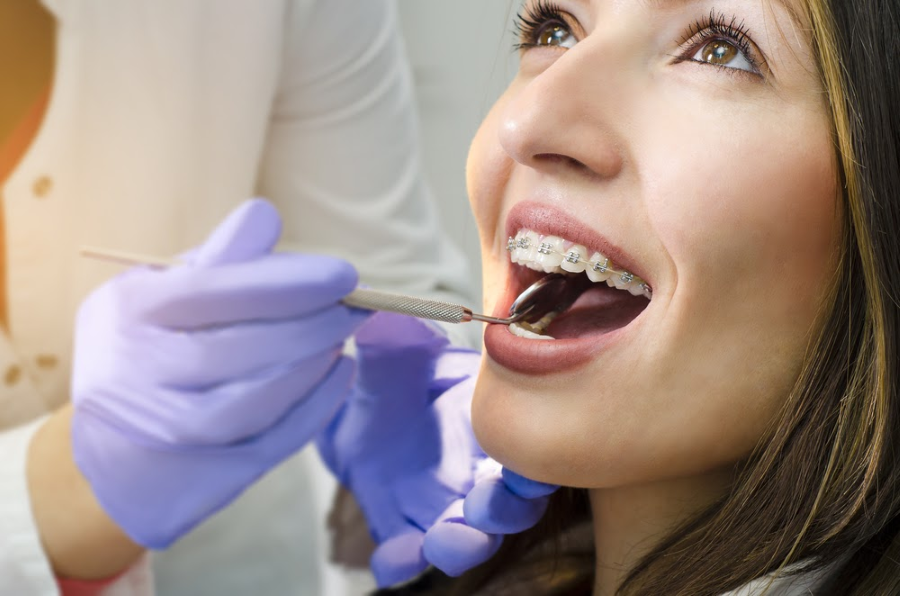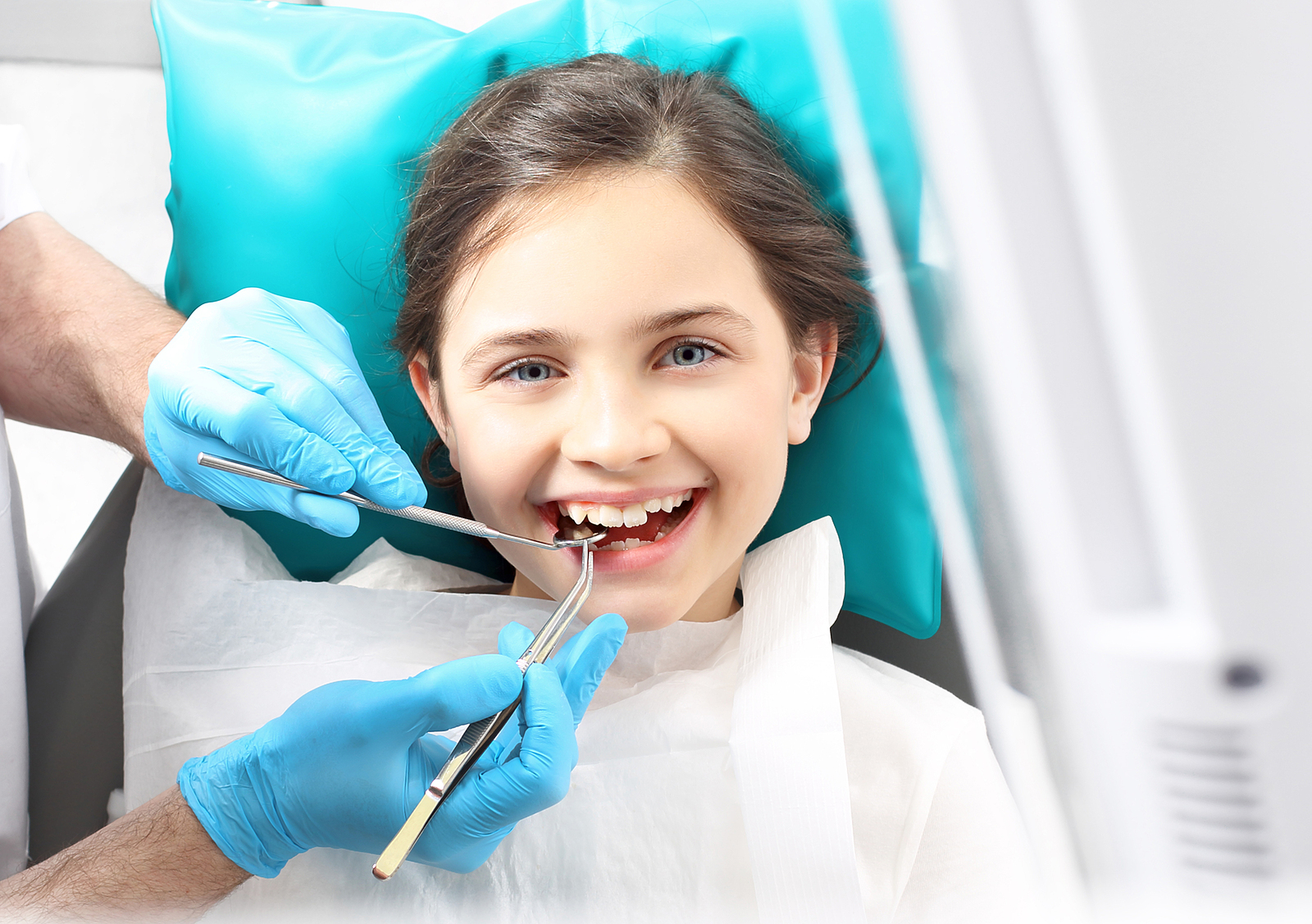Legacy Orthodontics Fundamentals Explained
Legacy Orthodontics Fundamentals Explained
Blog Article
Little Known Questions About Legacy Orthodontics.
Table of ContentsThe smart Trick of Legacy Orthodontics That Nobody is Talking AboutThe Main Principles Of Legacy Orthodontics Fascination About Legacy OrthodonticsThe Ultimate Guide To Legacy OrthodonticsLegacy Orthodontics - The Facts
In addition, we offer flexible therapy routines, versatile repayment choices and an enjoyable, enjoyable experience.An orthodontist is a dentist trained to detect, stop, and treat teeth and jaw abnormalities. Orthodontists function with people of all ages, from kids to adults.
Malocclusion, or misaligned teeth, can result in dental problems, including tooth degeneration, gum tissue illness, and challenging or excruciating chewing. Yet not every person is born with straight teeth. If you have a bad bite or large rooms between your teeth, you might intend to get in touch with a dentist concentrating on orthodontic care.
The Of Legacy Orthodontics
( Photo Credit Report: DigitalVision/Getty Images) Orthodontists use dealt with and detachable dental gadgets, like braces, retainers, and bands, to transform the position of teeth in your mouth. Orthodontic therapy is for dental abnormalities, consisting of: Crooked teethBite issues, like an overbite or an underbiteCrowded teeth or teeth that are also far apartJaw misalignmentThe objective of orthodontic therapy is to improve your bite.
While you could assume of orthodontists as mostly for kids or teenagers that require dental braces, they can deal with oral problems at any type of age. Orthodontists go to college, dental institution, and orthodontic college.
, yet not all dentists are orthodontists. They concentrate on two areas: How to appropriately and securely move teeth How to properly guide development in the teeth, jaw, and faceOnce an orthodontist has actually completed training, they have the option to end up being board licensed.
5 Easy Facts About Legacy Orthodontics Described
Imbalance, or malocclusion, is one of the most typical reason people see an orthodontist. It is genetic and is the result of size distinctions between the top and reduced jaw or in between the jaw and teeth. Malocclusion causes tooth congestion, an irregular jaw, or irregular bite patterns. Malocclusion is generally treated with: Your orthodontist connects steel, ceramic, or plastic square bonds to your teeth.
Some individuals need a headwear to assist relocate teeth right into line with stress from outside the mouth. A retainer is a customized gadget that maintains your teeth in location.
They're usually used on children. They can produce extra room in the mouth without having to draw teeth. If you have a significant underbite or overbite, you could require orthognathic surgical treatment (additionally called orthodontic surgery) to lengthen or reduce your jaw. Orthodontists make use of wires, surgical screws, or plates to support your jaw bone.
You may require to see an orthodontist if you have: Crowding or otherwise adequate room for all of your teethOverbite, when your upper teeth come your base teethUnderbite, when your bottom teeth are too much forwardSpacing or issues with gapsCrossbite, which is when your upper teeth fit behind your base teeth when your mouth is closedOpen bite or a vertical space between your front bottom and top teethMisplaced midline, when the facility of your bottom and top teeth do not line up Fixing an oral malocclusion can: Make attacking, chewing, and talking easierImprove the proportion of our face and your overall appearanceEase discomfort from temporomandibular joint disordersDifferent your teeth and make them less complicated to clean, helping prevent dental cavity or dental caries It's often a dentist who initially notifications misaligned teeth throughout a regular test.
Legacy Orthodontics Fundamentals Explained

During your initial orthodontic assessment, you'll likely have: A dental examPhotos taken of your face and smileDental X-raysPanoramic (360 level) X-rays of your face and headImpressions to create mold and mildews of your teethThese tests will certainly assist your orthodontist understand just how to proceed with your treatment. orthodontist. An orthodontist is a dental expert that's had training to treat your teeth and jaw
An orthodontist is focused on your bite, so something like a chipped tooth would certainly be managed by a dental expert. Orthodontists are concentrated on your bite, or the method your teeth fit with each other, and the straightness of your teeth.
Ever questioned just how stars always appear to have flawlessly straightened teeth? The response commonly hinges on the experienced hands of an orthodontist. What exactly does an orthodontist do? Orthodontists are dental specialists that concentrate on dealing with abnormalities in the teeth and jaws. Their expertise exceeds just creating a stunning smile; it expands to boosting your overall dental wellness and function.
Not known Facts About Legacy Orthodontics

While dental braces are one of the most frequently recognized orthodontic treatment, orthodontists have a diverse toolkit at their disposal. The specific technique chosen relies on the seriousness of the instance, the client's age, and private preferences. These tried-and-true dental braces use a system of brackets bound to the teeth and attached by cables.
These removable trays are personalized to click site considerably shift the teeth's setting. In instances of narrow jaws, palatal expanders can be made use of to produce space for correct tooth alignment.
Report this page